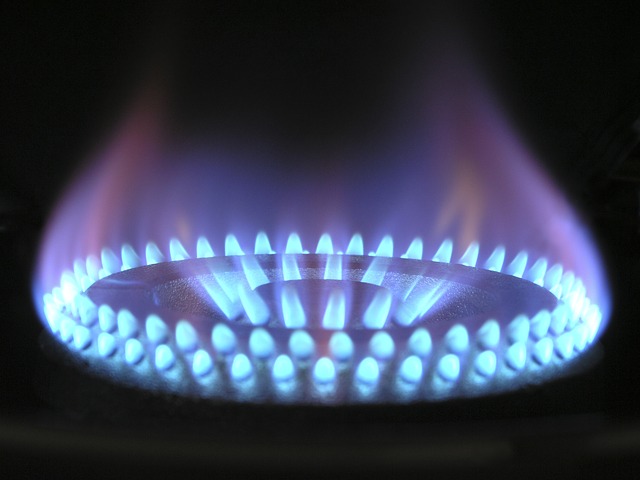As most of Australia swelters through a record-breaking heat wave, spare a thought for those who work in hot conditions, such as tradesmen working outdoors and chefs working around hot ovens and steamy appliances.
Handling the Heat in Commercial Kitchens

As Australia swelters through the warmer weather, spare a thought for those who work in hot conditions, such as tradesmen working outdoors and chefs working around hot ovens and steamy appliances.
Commercial kitchens can regularly get as hot as 45°C, leaving chefs and hospitality staff at serious risk of heat-related illness and stress. Not only is this a workplace health and safety issue, it can also impact on food safety and correct food storage temperatures.
If you can’t handle the heat, get out of the kitchen – we disagree! Get smart about the temperatures you’re working in.
Beat the heat with food service design
From dishwashers and ovens, to cook lines and toasters, commercial kitchen equipment generates a huge amount of heat in confined kitchen spaces. Even fridges generate heat and increase the ambient temperature!
Intelligent food service design considers the temperature and working conditions in commercial kitchens. The top priorities when designing cooler commercial kitchens include ventilation, circulation and equipment specification.
Health regulations, food safety standards and workplace health and safety all contribute to making decisions around kitchen temperatures.
The Dos and Don’ts of Cooling Commercial Kitchens
Some of these tips can be implemented immediately, whereas others require further planning.
DON’T use fans. Aside from blowing around hot kitchen air, fans collect an unhealthy amount of dust and debris. Installation of fans won’t be approved by the council when assessing your health application.
DO purchase energy efficient fridges and other cooling equipment. The less energy used, the less heat emitted.
DON’T forget to keep you air conditioning and return air vents clean and clear. This contributes to air circulation and ensures that tempered air is making an impact where it counts.
DO pay attention to make up air requirements. Makeup air should be suitable to offset the exhaust rate in the kitchen. The outdoor air supply can help replenish the ambient environment and reduce the overall temperature.
DO turn off equipment and appliances when not in use. Leaving equipment or appliances on during an afternoon lull can unnecessarily increase the ambient temperature in the kitchen.
DON’T neglect your equipment, appliances and hoods. Maintain these in good, clean working order. This will prevent inefficiencies. It will also save you money in the long run!
DO choose an exhaust system that can handle the output of your commercial kitchen. If steam, vapours and odours aren’t sufficiently removed from the air, then the kitchen temperature will increase significantly. Air conditioning and air circulation products will also be rendered inefficient.
Reducing the Temperature in Your Kitchen
To increase thermal comfort and reduce headaches down the track, it’s best to design your commercial kitchen with ambient temperature in mind from the very beginning.
To discuss your temperature regulation options, have a chat with one of our experienced Foodservice Consultants today.
Make sure your Foodservice Designers tick all the boxes, download our free eBook now.
